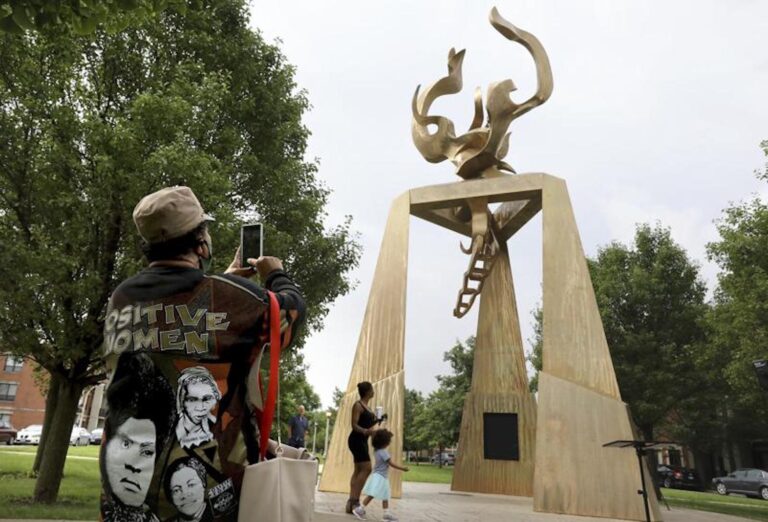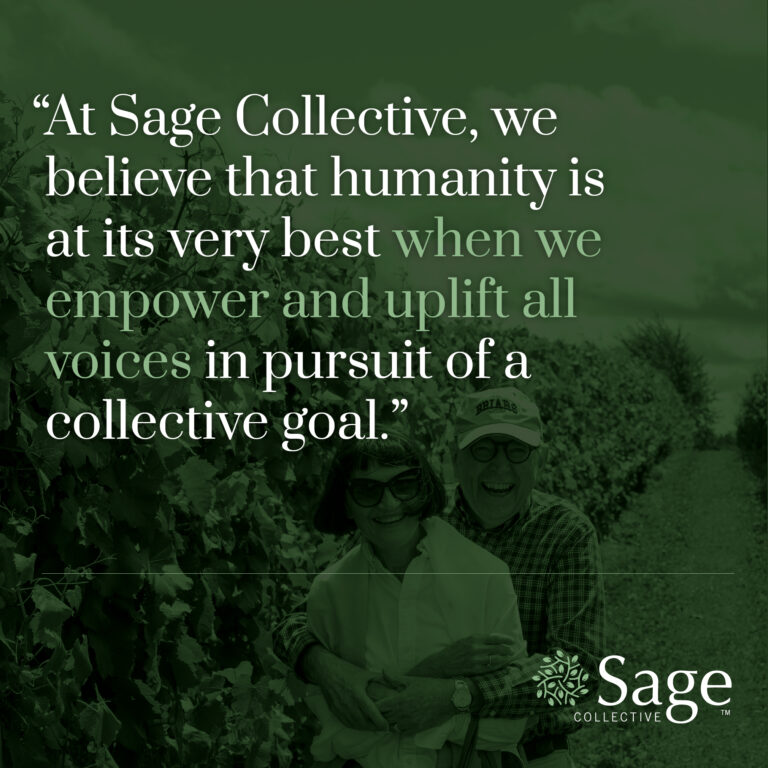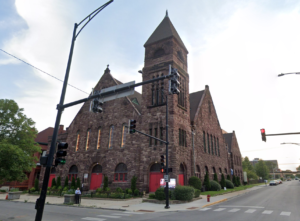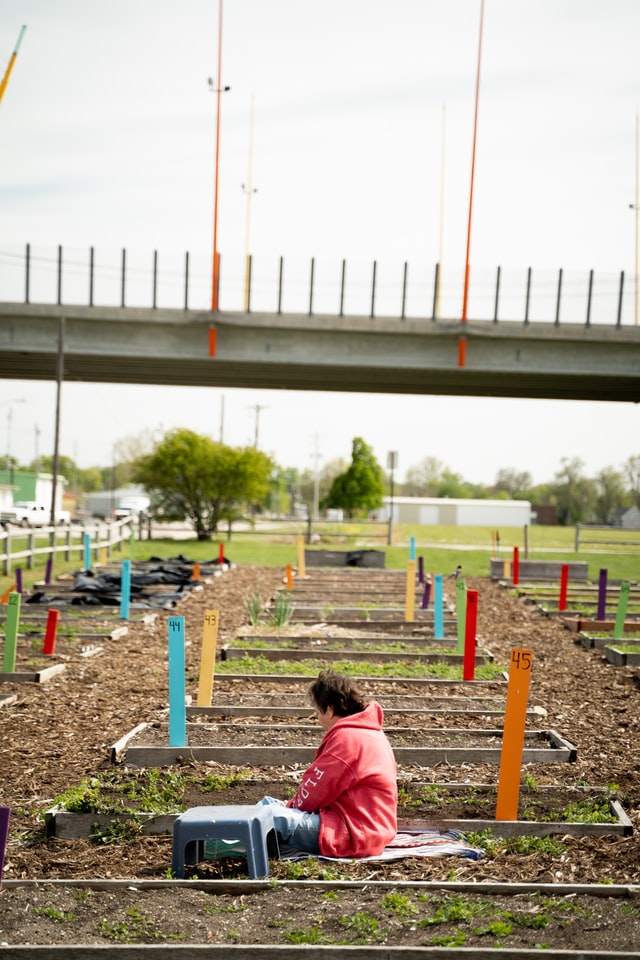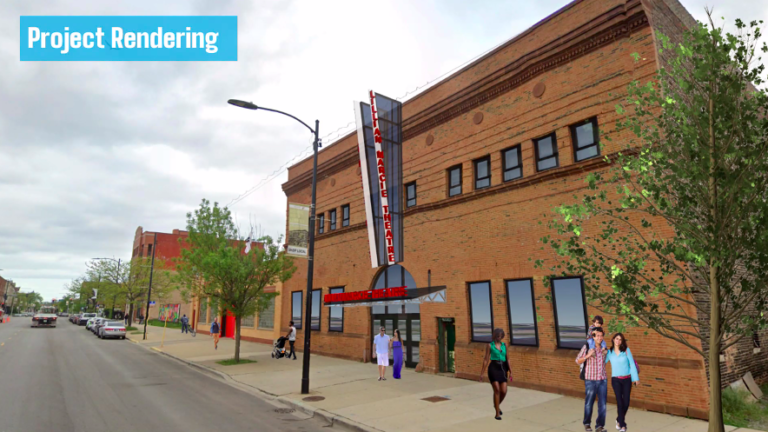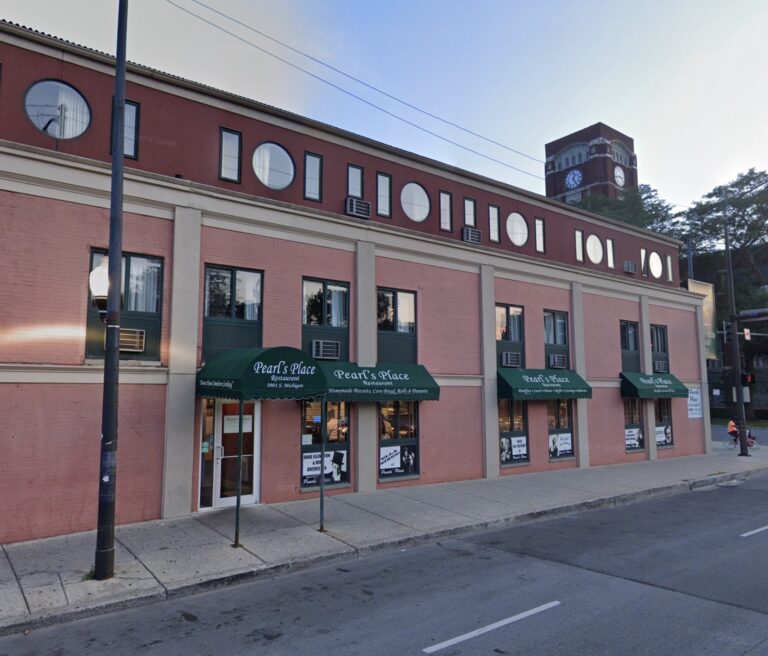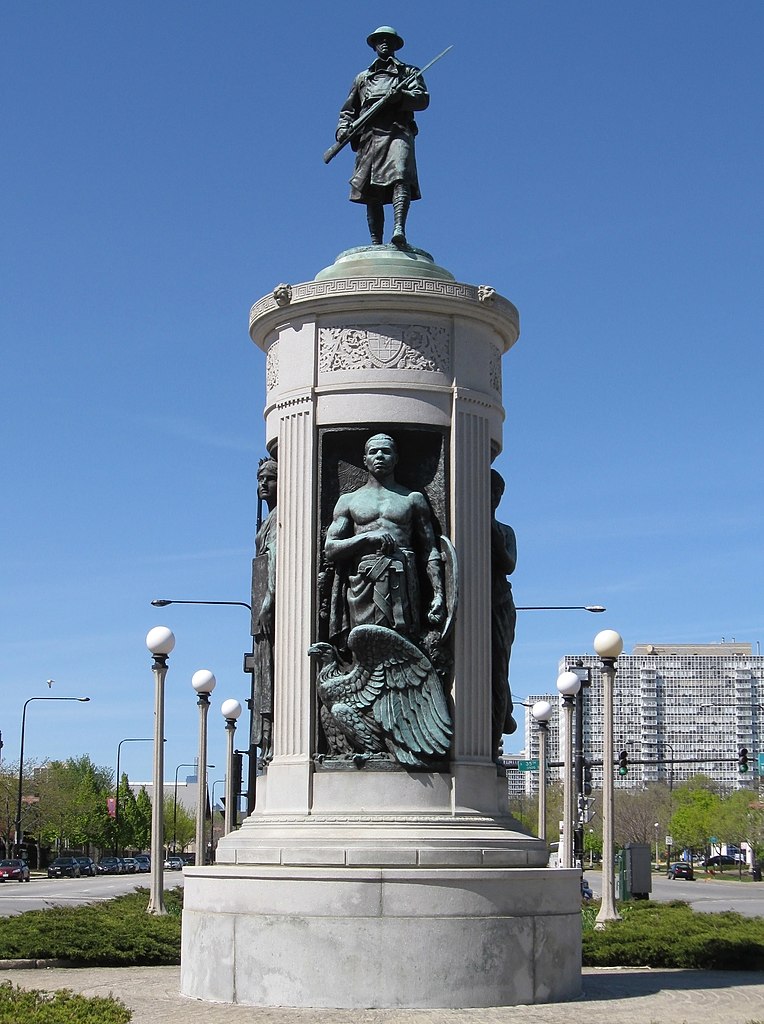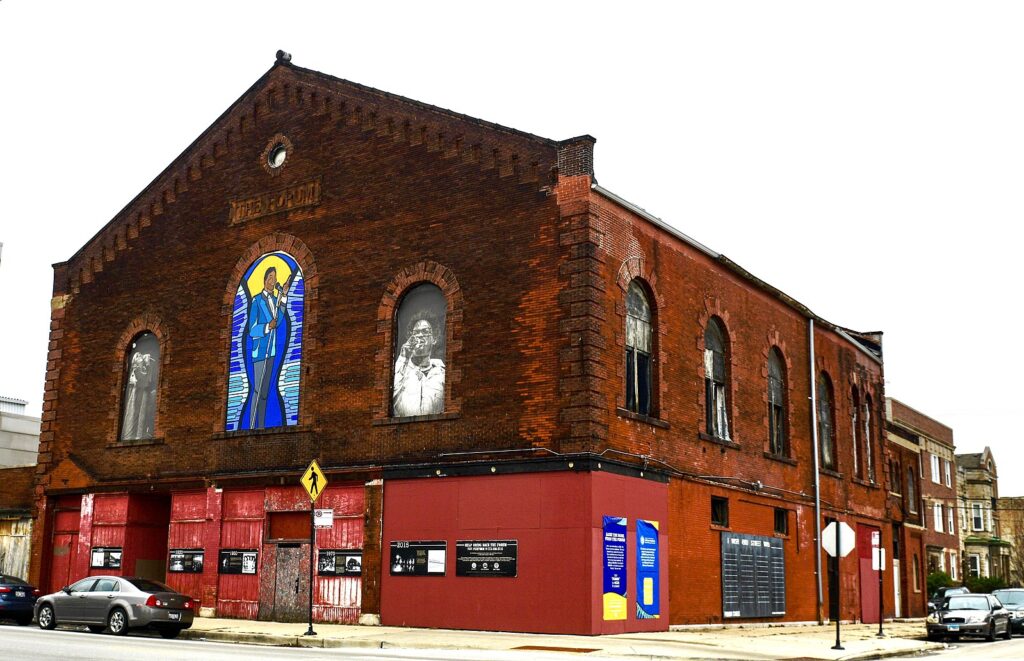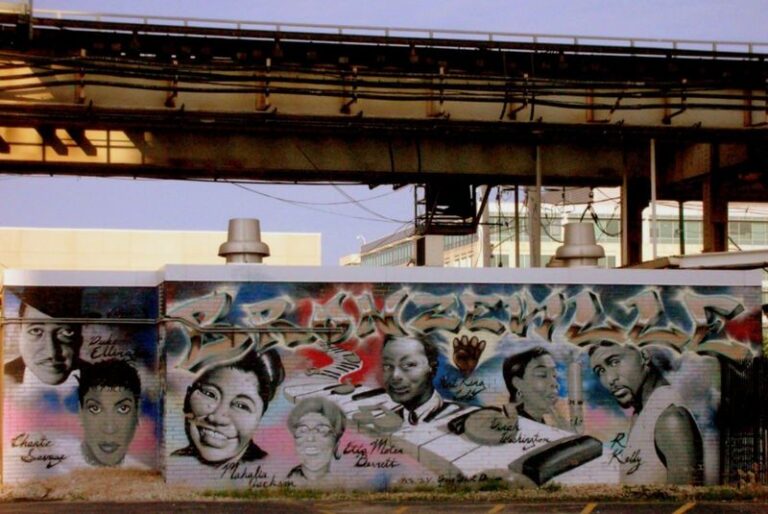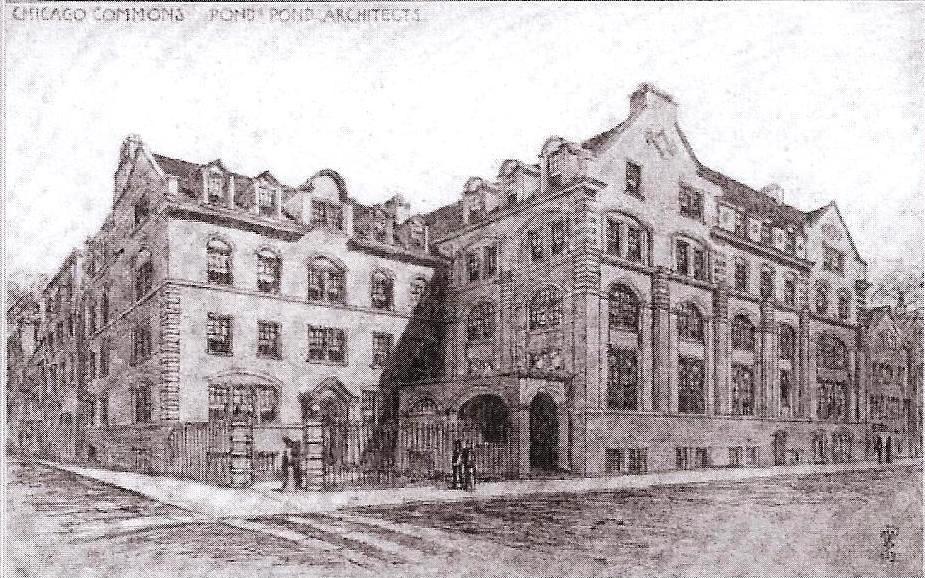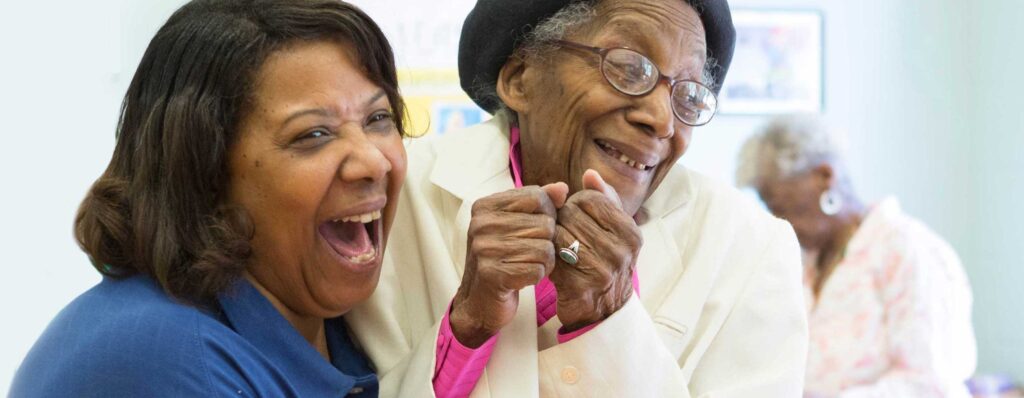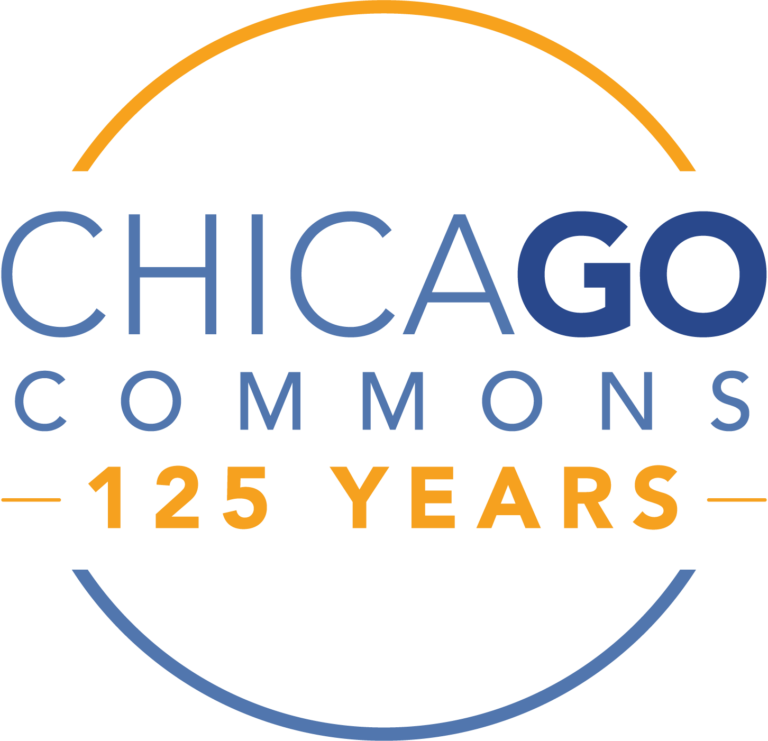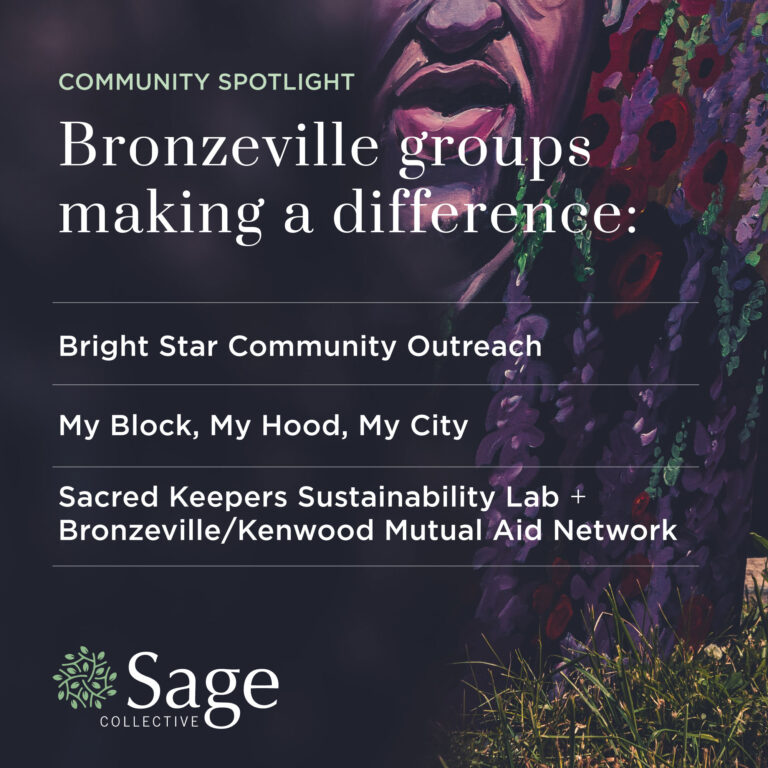Bronzeville Spotlight: Ida B. Wells & The Light of Truth National Monument
The neighborhood of Bronzeville, where our 4108 and 4112 S. King Drive properties are located, is home to a variety of monuments and structures honoring legends from the community. Today, we’re spotlighting one of the neighborhood’s newest additions: The Light of Truth Ida. B. Wells National Monument.
Ida B. Wells
Wells was born into slavery during the Civil War in 1862, Holly Springs, Mississippi. She wrote for newspapers – under the pen name Iola – attacking Jim Crow policies, criticizing education in Black schools, and most notably exposing the lynchings of many Black citizens in and around her community. After establishing herself as a force in the journalism world, Wells became an editor and co-owner of The Free Speech and Headlight – a Black-owned newspaper based at the Beale Street Baptist Church in Memphis.
In 1893, Wells moved to Chicago and furthered her activism as a leader for Black feminism. She continued publishing famous works like Southern Horrors and The Red Record for the anti-lynching campaign and suffrage movement. Wells later participated in the National Afro-American Council and the founding of the National Association for the Advancement of Colored People and was awarded a posthumous Pulitzer Prize in 2020 for her reporting.
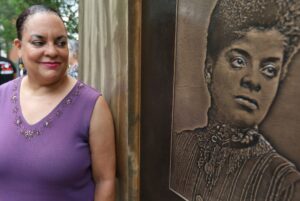
The Monument
Officially titled The Light of Truth Ida B. Wells Monument, the impressive structure honors the outstanding legacy of its namesake and is the first monument in Chicago to honor a Black woman. It is the work of brilliant Chicago-native artist Richard Hunt, a legendary force who has broken barriers in the art world throughout his career and is known as the foremost African-American abstract sculptor and artist of public sculpture in America. You can view more of Hunt’s exemplary work here.
The 20-foot structure was dedicated in July 2021. It has three bronze columns shooting from the ground and supports an intertwining of braided bronze metal resembling flames at its top. The site where the monument lives is located just outside of Ellis (Samuel) Park at 37th Street and South Langley Avenue. It was the former home of Chicago public housing project (the Ida B. Wells Homes) in the 1930s, which was taken down in 2011 and replaced with new apartment complexes.
Organizers hope the new monument can be a gathering spot for neighbors and visitors alike and will serve as a backdrop for the future of the Bronzeville community. Be sure to check out the remarkable sculpture for yourself before Chicago’s winter approaches!
